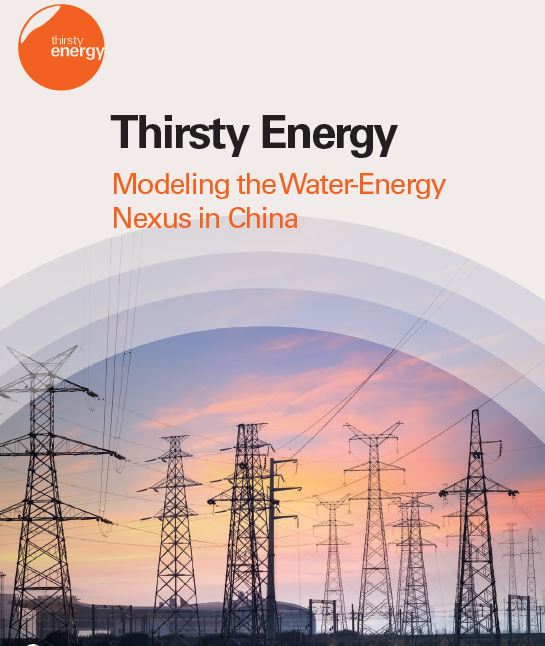Thirsty Energy Modeling the Water-Energy Nexus in China
The World Bank’s global initiative Thirsty Energy assists countries with tackling water and energy planning challenges in an integrated manner. A primary aim of Thirsty Energy is to demonstrate the importance of combined planning approaches to tackle the waterenergy nexus by developing methods and evidence-based operational tools to analyze potential tradeoffs. This report documents the second of two case studies undertaken by the initiative. The first study was recently completed for South Africa (World Bank 2016). China is increasingly aware of the complex interdependencies between water and energy. China’s rapid economic development has been accompanied by a similar rapid increase in energy supply and demand, which is dominated by coal, resulting in significant air pollution and carbon dioxide (CO2 ) emissions. In addition, the coal energy supply chain is water-intensive—from mining and washing the coal to cooling power plants. The water-energy nexus challenge is further complicated by the fact that the majority of the planned new energy projects are located in the four northern energy bases of China (see box 1.1). Although these energy bases have significant energy resources, they are among the most water-stressed areas of the country. To mitigate its water issues, the government of China enacted several policies with targets on water use, water efficiency for industry (including energy) and agriculture, and water quality improvements on a national and regional scale for 2015, 2020, and 2030. These policies are known as the 3 Red Lines water policies. Although all of these policies affect the energy sector, the government further added a “water allocation plan for the development of coal bases” to reduce water usage, improve water efficiency, and reduce wastewater discharges in the coal sector. This part of the policy also requires future large-scale coal projects in water-scarce regions to be developed in partnership with local water authorities and requires mostly all new coal-fired power plants built in the northern China region to use dry cooling systems and encourages other regions to do so. At the same time existing smaller and less efficient coal-fired plants are to be upgraded or phased out in favor of larger and more efficient facilities.
